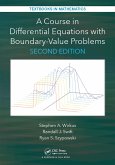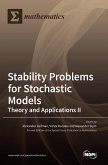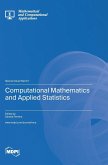Exit problems for one-dimensional Lévy processes are easier when jumps only occur in one direction. In the last few years, this intuition became more precise: we know now that a wide variety of identities for exit problems of spectrally-negative Lévy processes may be ergonomically expressed in terms of two q-harmonic functions (or scale functions or positive martingales) W and Z. The proofs typically require not much more than the strong Markov property, which hold, in principle, for the wider class of spectrally-negative strong Markov processes. This has been established already in particular cases, such as random walks, Markov additive processes, Lévy processes with omega-state-dependent killing, and certain Lévy processes with state dependent drift, and seems to be true for general strong Markov processes, subject to technical conditions. However, computing the functions W and Z is still an open problem outside the Lévy and diffusion classes, even for the simplest risk models with state-dependent parameters (say, Ornstein-Uhlenbeck or Feller branching diffusion with phase-type jumps). Motivated by these considerations, this Special Issue aims to review and push further the state-of-the-art progress on the following topics:W, Z formulas for exit problems of the Lévy and diffusion classes (including drawdown problems) W, Z formulas for quasi-stationary distributions Asymptotic results Extensions to random walks, Markov additive processes, omega models, processes with Parisian reflection or absorbtion, processes with state-dependent drift, etc. Optimal stopping, dividends, real options, etc. Numeric computation of the scale functions
Hinweis: Dieser Artikel kann nur an eine deutsche Lieferadresse ausgeliefert werden.
Hinweis: Dieser Artikel kann nur an eine deutsche Lieferadresse ausgeliefert werden.








